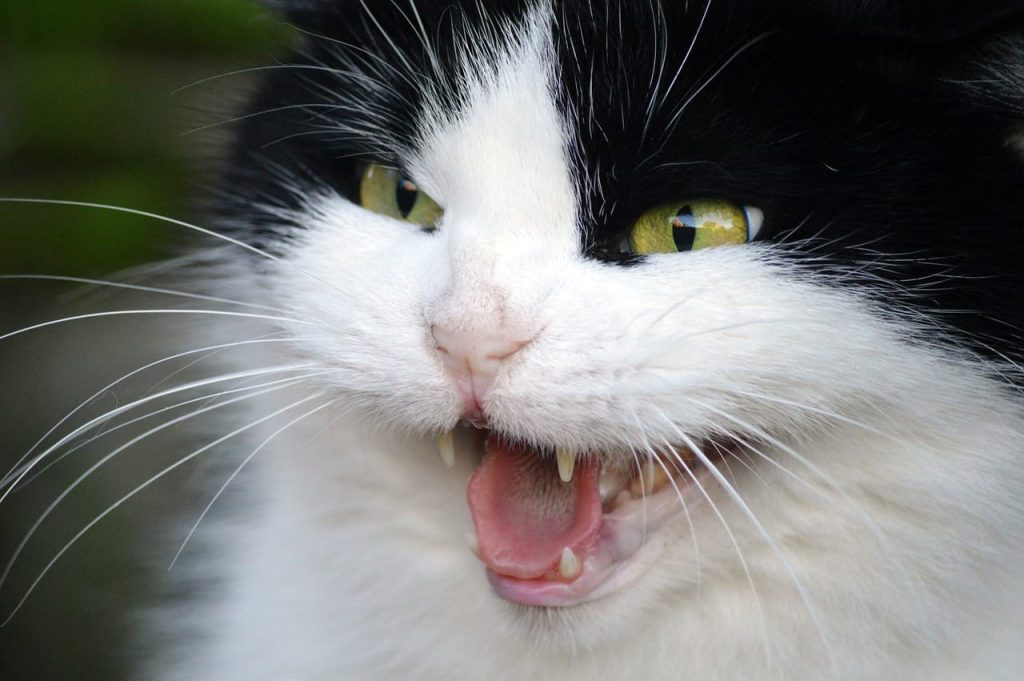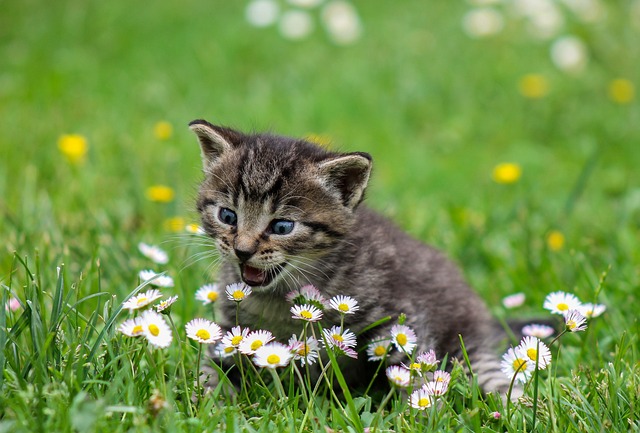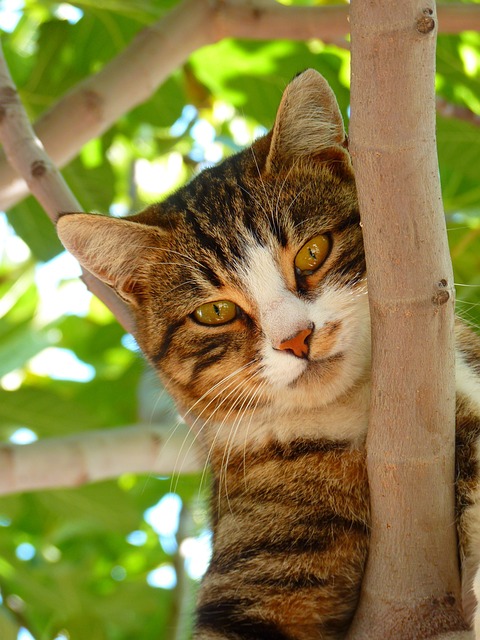Cats are mysterious creatures with behaviors that often leave their human companions scratching their heads in confusion. From hissing and scratching furniture to excessive meowing and nighttime antics, many cat behaviors are misunderstood and misinterpreted. In this article, we’ll delve into these puzzling behaviors, uncovering the reasons behind them and providing valuable insights to help you better understand and communicate with your feline friend.
Hissing and Growling
Hissing and growling are often misinterpreted as signs of aggression, but they are actually defensive behaviors. Cats hiss or growl when they feel threatened, fearful, or territorial. It’s important to give your cat space and avoid provoking them further when they exhibit these behaviors.
Scratching Furniture
Contrary to popular belief, cats don’t scratch furniture out of spite. Scratching is a natural instinct that helps cats sharpen their claws, stretch their muscles, and mark their territory. Provide suitable scratching posts or pads to redirect this behavior and protect your furniture.

Aggressive Play
Cats engage in rough play as a way to mimic hunting behavior. Playful aggression, such as pouncing and biting, is normal among cats. However, it’s essential to establish boundaries and redirect aggressive play towards appropriate toys to prevent injury.
Litter Box Issues
Litter box problems can arise due to various reasons, including medical issues, stress, or dissatisfaction with the litter box setup. Keep the litter box clean, offer multiple boxes in different locations, and consult with a veterinarian if your cat consistently avoids using the litter box.

Nighttime Activity
Cats are crepuscular creatures, meaning they are most active during dawn and dusk. Nighttime zoomies and vocalizations are typical behaviors for cats. Encourage play and activity during the day to help your cat adjust their sleep-wake cycle.
Excessive Meowing
Meowing is how cats communicate with humans. Excessive meowing may indicate hunger, loneliness, or boredom. Pay attention to the context and frequency of meows to address underlying needs and provide appropriate attention and care.

Conclusion
By unraveling the mysteries behind misunderstood cat behaviors, you can cultivate a deeper connection with your feline companion. Approach cat behavior with empathy, patience, and understanding to nurture a fulfilling and enriching relationship with your beloved cat.






